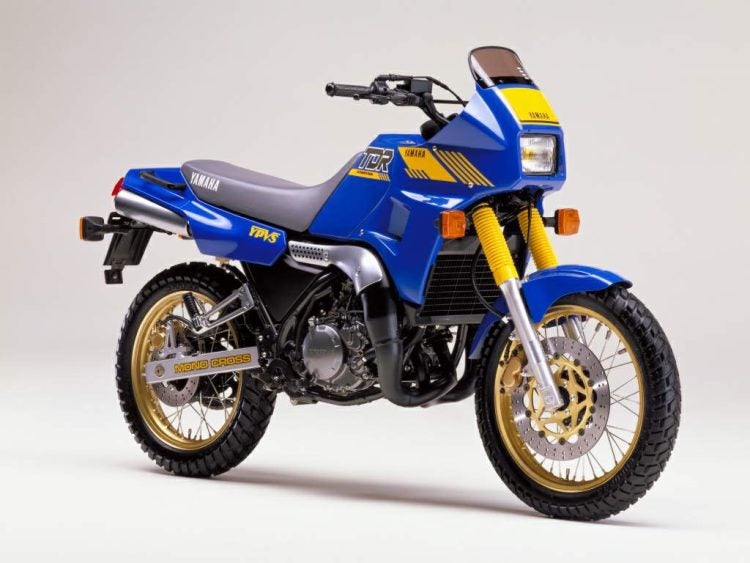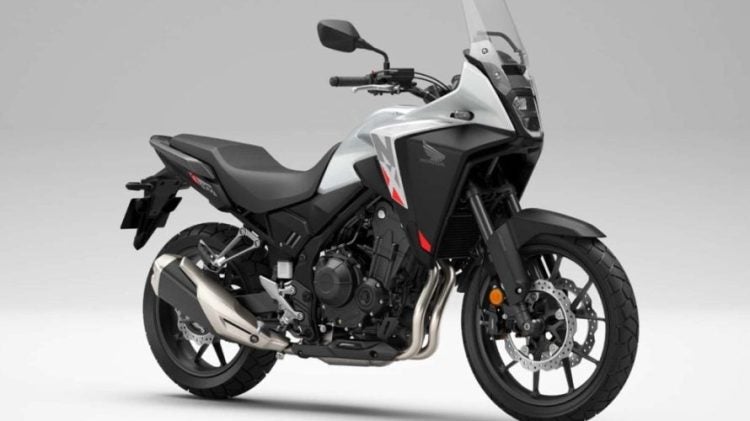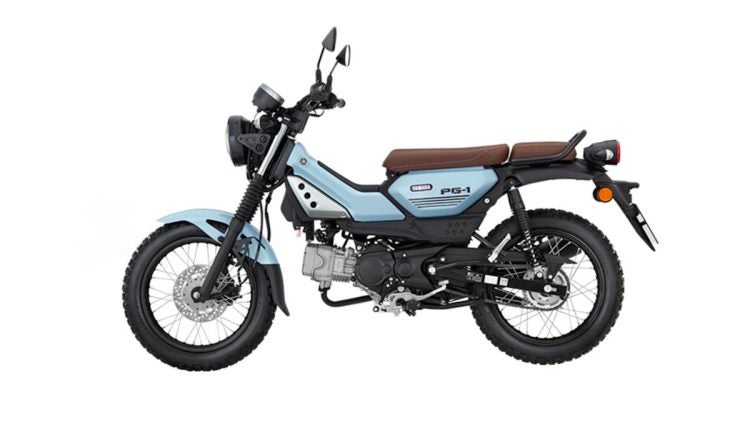I constantly listen to the news through a filter: “What does this mean for motorcyclists?”. And when I heard about the US Supreme Court’s overturning of the Reagan-era Chevron doctrine, I got pretty excited… until I thought about it some more, and made a call that confirmed my suspicions. Alas! Despite what appears to be a massive change in America’s relationship with bureaucracy, we cannot expect a mass invasion of new bikes as a result.
What’s the Chevron doctrine?
Here’s how Wikipedia explains the Chevron Doctrine:
Chevron U.S.A., Inc. v. Natural Resources Defense Council, Inc., 467 U.S. 837 (1984), was a landmark decision of the United States Supreme Court that set forth the legal test for when U.S. federal courts must defer to a government agency’s interpretation of a law or statute.[1] The decision articulated a doctrine known as “Chevron deference”.[2] Chevron deference consisted of a two-part test that was deferential to government agencies: first, whether Congress has spoken directly to the precise issue at question, and second, “whether the agency’s answer is based on a permissible construction of the statute”.
Basically, the Chevron Doctrine allowed bodies like the EPA to effectively interpret federal rules and enforce those interpretations as law, without the interpretations actually being passed as law. And seeing how much of the moto world is affected by the EPA and other federal bodies, surely that would mean that we’d see a floodgate of cool new bikes coming to the US, right? The so-called Secret Bikes of Japan and others like them? Small-bore, high-revving two-stroke race replicas like the Yamaha RZ350 F1? Mini-ADVs like the Honda AX1?
Sorry, but probably not.
Rockin’ in the Free World
The reality is, those bikes don’t really exist anymore.
The markets that used to buy those machines (Japan, Europe) now have stricter emissions laws than the United States. Ever wonder why the DR650 is still sold in North America, but not in Europe, or Australia, or pretty much anywhere else? According to moto industry consultant Michael Uhlarik, it’s not because of some weirdo grandfather clause. It’s because the DR650 still meets North American emissions and safety standards, and it doesn’t meet the standards anywhere else.

The myth: Overseas markets are full of fun two-strokes like the old Yamaha TDR250 models, offering excellent power-to-weight ratios and the classic smell of burning premix.
In the 1970s through the 1990s, the US had stricter emissions laws than some other markets. That meant the States got choked-up carbureted four-strokes that didn’t run well, while even their neighbors to the north in Canuckistan got bikes that were properly jetted as Papa Suzuki intended. Two-stroke streetbikes basically disappeared from the US in the 1980s while they continued sales for a decade or more in other markets with lax laws.
This has changed, says Uhlarik. Now the countries building motorcycles have their own strong emissions laws, and it has meant the death of those JDM pocket rocket bikes that y’all lusted over 25 years ago, when the EPA said you couldn’t have them.

The reality: The Japanese domestic market, which is ground zero for this stuff, does have some cool bikes, but they’d be considered underpowered for North American buyers. The NX400 is the perfect example. It’s the same thing as the NX500, but with a smaller engine. Photo: Honda
For evidence, check out this article we wrote back in January. Japan doesn’t get a hotter version of the new NX500, and they don’t get some ring-dinging two-stroke substitute. Instead, thanks to their various regulations, they actually get a smaller-capacity version of the same bike, the NX400. It’s the same with Kawasaki’s new 500 models; in Japan, they’re 400s. The Secret Bikes of Japan are now wimpier versions of their global-market cousins. Forget about the TDR250. Those days are gone.
But what about the practical four-strokes?
Now some of you might point out that there are plenty of cool, non-two stroke bikes that don’t come to the US. What about machines like the Yamaha PG1, a Honda Trail 125 lookalike that’s sold in Asia, but not the States? Maybe clearing the red tape would open the doors to those bikes?

The Yamaha PG1 and similar machines aren’t banned from the US market by the three-letter agencies. It’s the manufacturers themselves who choose not to bring them here, or choose to only import small numbers that don’t meet demand. Photo: Yamaha
The reality is that these bikes aren’t coming to North America based on OEM choices. Yamaha could almost certainly bring the PG1 to the US, but they choose not to based on economics. Maybe they would have to jack the price up so high that buyers would rebel and boycott the machine (that’s what happened to the Suzuki TU250X). Or maybe their dealers would rebel because they didn’t understand and didn’t want to sell the machine (that’s what happened to the entire Harley-era Buell lineup). There’s a lot more to this business than just the slobbering “Cool bike, me want!” notes in the comment section.
There are some signs that the economics of the business are changing. We wouldn’t see the Honda XR150L here otherwise. But don’t expect the overturning of Chevron to bring in a flood of little step-throughs and underbone bikes.
Uh, what about US domestic production?
Good point. The Chevron Doctrine would also have affected companies who wanted to build bikes in the US. Maybe Harley-Davidson will introduce something different and interesting? Maybe a new company like Janus will start up, building bikes that weren’t legally sellable before?

The Janus 450 Gryffin is $13,495, the same price as a good European dual sport, with technology from the 1980s. This market is small and entirely dominated by economic realities. Photo: Janus
Again, probably not. The number-one restriction on domestic motorcycle production is not environmentalists or safety Nazis or any of the other stock Big Government bogeymen. The problem is money. Look at the Janus lineup. These bikes are made with Chinese engines. Their chassis is based on principles that were discovered generations ago. And their 250cc models start at $6,995 (Currently, there’s a sale on! Act now!). The 450cc Janus models start at $13,495.
Maybe the fall of the Chevron Doctrine will encourage someone else to go the Janus route, building simple machines at the boutique level, but don’t get too hopeful. The market for these bikes is small, due to the price tag dictated by American production.
The takeaway
To be clear, I’m not saying a bunch of smog-spewing two-strokes would be a good thing for the US anyway, but I know lots of people would love to be able to buy the oddball and interesting bikes that we don’t get here.

Forget the Secret Bikes of Japan or other markets. Now, US customers have access to fun motorcycles that the rest of the world will probably never get another chance to buy, at least not brand-new. Photo: Honda
Just let me close this piece by saying this. As humans, we love to complain about any woe, real or imaginary. The fact that we can’t get bikes that are sold in overseas markets is just one more of those issues we can gripe about.
But the reality is that North Americans currently have it pretty good. We can still buy bikes that have long been outlawed in the rest of the world. Americans can buy big thumpers or four-cylinder superbikes or twin-cylinder ADVs that just aren’t available in many other markets. Maybe that’s the ultimate way to celebrate Independence Day today—by exercising your freedom to own and enjoy your Honda XR650L?







